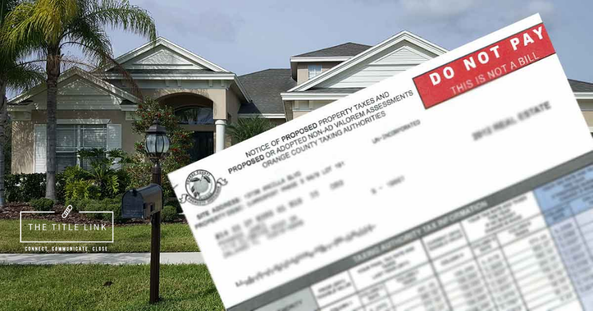Every August, Florida homeowners receive something called a TRIM Notice—short for Truth in Millage. It often sparks questions, confusion, and even a little panic. But don’t worry—this notice isn’t a bill, and understanding it can help you (and your clients) feel more confident about property taxes.
What Is the TRIM Notice?
The TRIM Notice is a yearly document from your county’s Property Appraiser. It shows your home’s market value, your assessed value (with exemptions applied), and the proposed property taxes for the year.
While the Appraiser sets the property value, it’s the taxing authorities—such as the county, school board, and special districts—that set the millage rates. A millage rate is essentially the tax per $1,000 of taxable value.
Key Terms You Should Know
-
Market Value – What your home would likely sell for on January 1st.
-
Assessed Value – Adjusted market value, limited by Florida’s “Save Our Homes” cap if homesteaded.
-
Exemptions – Deductions like Homestead, Senior, Disability, etc.
-
Taxable Value – The number your millage rates are applied to.
Important Timeline
-
Mid-August: TRIM Notices
-
are mailed.
-
25 Days: Homeowners have a window to appeal if they disagree with their valuation.
-
November: The actual tax bill is mailed—this may differ from the TRIM since it can include fees like garbage, stormwater, or CDD assessments.
Why Realtors and Lenders Should Care
Clients often call their agents in a panic when they receive their TRIM notice. By understanding the basics, you can confidently explain what the notice means, when action is needed, and why it’s not the same as the tax bill.
For more information, visit the Florida Department of Revenue TRIM information page.

